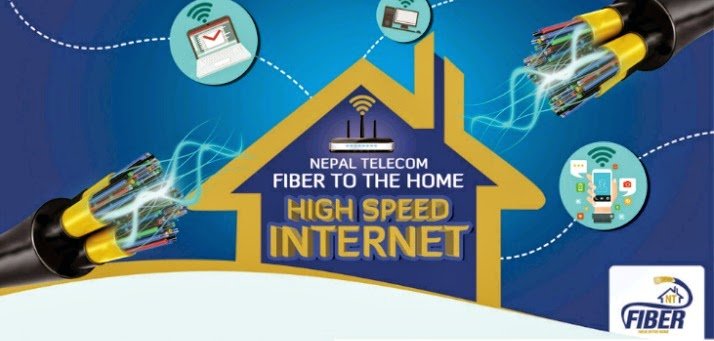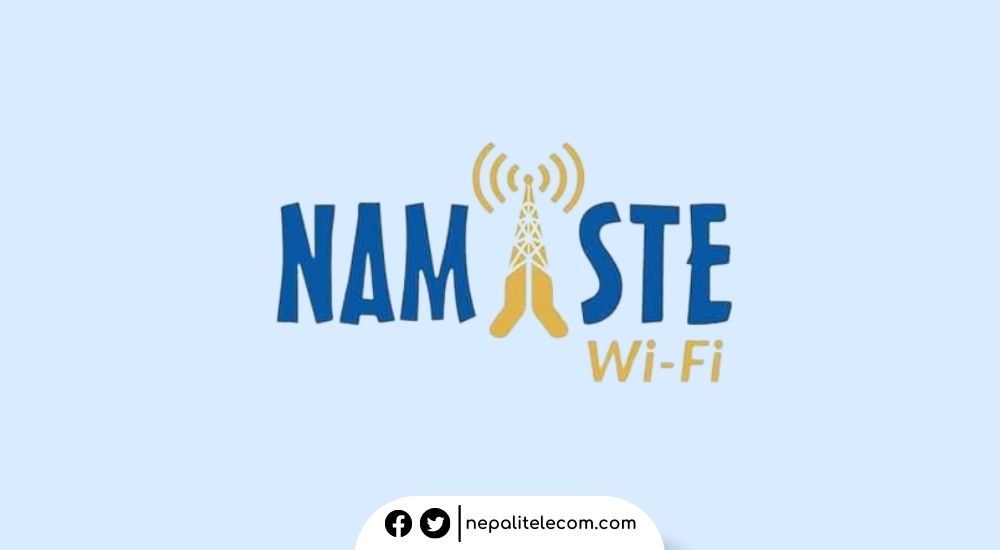It is possible that subsea fiber internet cables can detect earthquake signs. These fiber cables can work as sensors and even help detect Tsunamis and climate change.
The findings are the conclusion of the UK’s National Physical Laboratory. Google, British Geological Survey, and other institutes were also part of the research group. This research has been published in the Science Magazine.
The researchers derived the conclusion following a test on the subsea fiber cables between the UK and Canada.
The report says the undersea fiber internet cables can detect earthquakes and Tsunamis too. The scientists successfully theorized it after their test on 860 km of the fiber link.
For testing, the scientists placed the fiber cable in a repeater device. They believe this technique can be used on a large network of fiber cables. However, installing permanent sensors under the sea would be highly costly.
“70% of the Earth’s surface is water but all the seismic stations are on land because it is too difficult and expensive to install permanent sensors on the seafloor” Dr. Giuseppe Marra of the NPL has said.
“Extending the seismic network from land to the seafloor will improve our understanding of the internal structure of the Earth and its dynamic behavior” he added. Also read: Google, Facebook Unveil Subsea Cable Plan In APAC
Detecting undersea earthquakes is just like those on land
The sensors were able to detect “the epicentral area of an earthquake during the testing. Scientists said they work just like regular land-based seismometers.
Besides the tremors, the same technique can be useful to identify the effects of global warming under the sea.
Cable-based sensors could identify the “epicentral area” of an earthquake just like the land-based seismometers.
And the technique opened other possibilities, such as monitoring deep-water currents for changes caused by global warming. Don’t miss: Nepal’s Own Fiber Cable To The Sea Could Soon Be Possible
Using traditional technologies has proved very difficult to identify signs of an undersea earthquake. But using fiber cables to detect such signs will be a major success that will also help measure volcanic eruptions and Tsunamis in the future.
There are 430 fiber undersea fiber cables stretching 1.3 million km across the world.
The ability of the subsea fiber optics to detect earthquake signs could help avert significant risks to people and properties. What do you think about it? Do share your inputs in the comments below.













